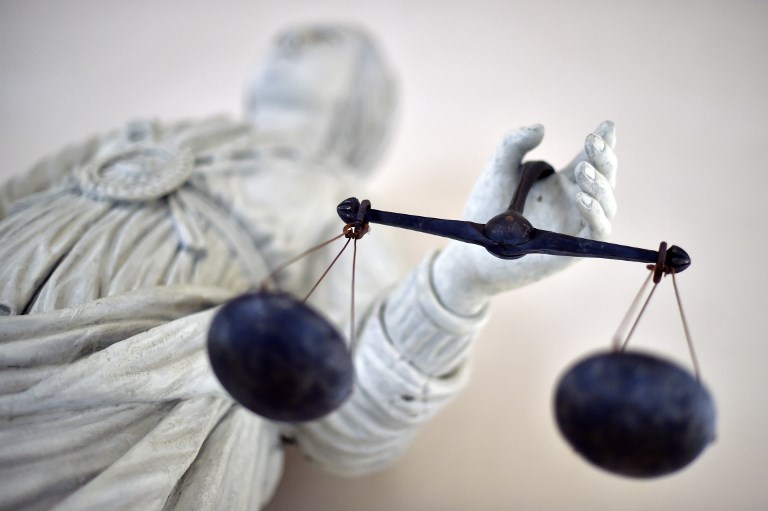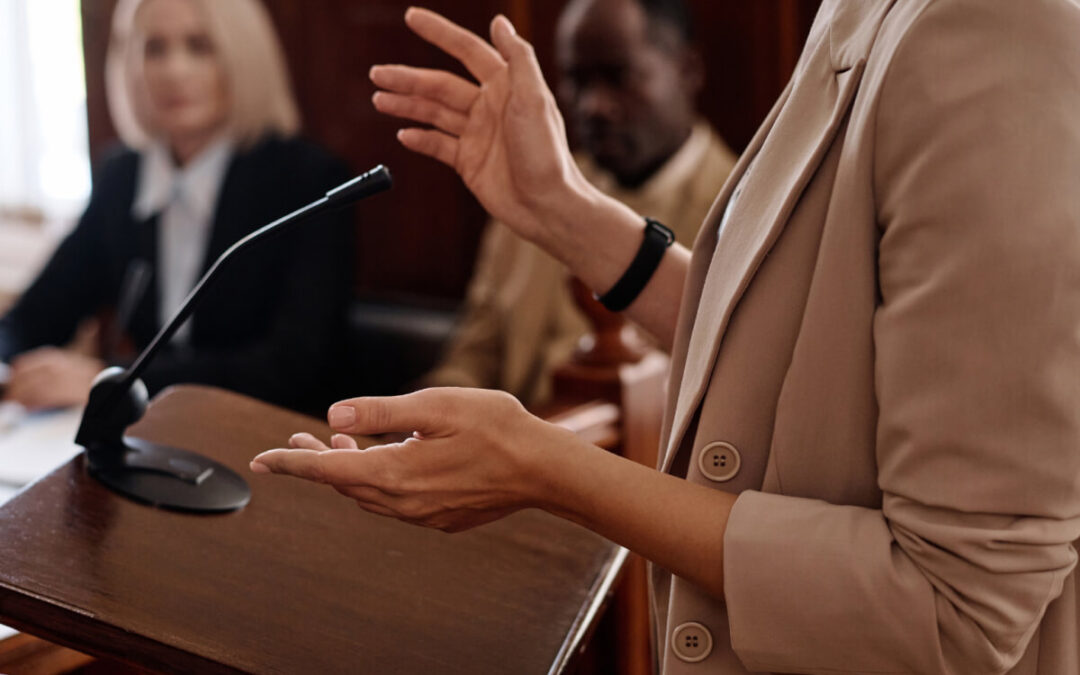The best time to share your family history with loved ones is right now, before the memories are forgotten. The coming holiday season is a great opportunity to reminisce because you’ll probably have your loved ones nearby.
While you can always pull aside children and grandchildren for a chat about family history, did you know you may also be able to use a personal property memorandum in your estate plan to pass along special memories and stories about specific items that are meaningful to you and connect your family with the past?
What Is a Personal Property Memorandum?
Many states allow you to include a “personal property memorandum” in your estate plan. This supplemental document, specifically referenced in your will or your living trust, lets you describe which personal property items you wish to leave to heirs, without having to call your lawyer and arrange for a meeting. You can handwrite or type this document, but it must be signed and dated to be valid. In conjunction with a will or living trust, a personal property memorandum can provide a roadmap for your executor regarding the distribution of specified items to your beneficiaries.
One important feature of a personal property memorandum is that you can change or update it whenever you like without the assistance of an attorney or notary. This freedom can be beneficial to you, because although you can also change your will as often as you like (and you absolutely should update it periodically to make sure it still reflects your wishes!), updating your will or living trust does require a visit to the estate planner’s office.
Another great reason to have a personal property memorandum in addition to your will and living trust is that your personal possessions likely change more frequently than other assets. For example, you probably add items to your closet more often than you add vehicles to your driveway.
What Can Be Included in a Personal Property Memorandum?
Not every asset can be distributed using a personal property memorandum! However, here are a few examples of assets that we commonly see people list in their personal property memorandum:
· Furniture
· Jewelry
· Clothes
· Books
· Photographs and portraits
· Important certificates (birth, marriage, death, citizenship/naturalization)
· Collections of dolls, figurines, etc.
· Other family heirlooms
Items that should not be included on your personal property memorandum are:
- items which have a title, such as your car, RV, plane, boat, etc.;
- real property, such as your home, timeshare, farmland, etc.; and
- intangibles, such as stock certificates, royalties, or bank accounts.
Leaving these types of assets to others upon your death requires a will or trust. Of course, if you have questions about those assets, check with us as your estate planning attorney so we can include everything you own in your plan.
Giving It Away Now Versus Waiting Until Later
One option you always have is to give personal items to your loved ones while you’re still alive. You can share with them the accompanying stories as you’re making the gift. Indeed, this in-person exchange is often the surest way to know your wishes will be followed. If you do choose to give away possessions during your lifetime, you must be aware of any potential gift tax consequences that could arise for items of a larger value. But, generally any gift or series of gifts, within the calendar year, that is valued at less than $14,000 (up to $15,000 starting in 2018) can be given this year without concern.
Verbal wishes alone are insufficient to gift personal property after you’ve passed away. Unfortunately, just because you’ve told people verbally who should get what doesn’t necessarily mean that’s what will happen once you’re gone. A personal property memorandum combined with your will or trust gives you the peace of mind of knowing your wishes are clear for everyone to see. You can also use this tool as an opportunity to document memories and histories that go along with your cherished possessions. Even if you’ve already communicated this information to your loved ones orally, videos, photos and text about the items can continue the history for future generations and ensure the stories live on.
Whether you decide to hand down your prized possessions now or later through a personal property memorandum, know that one of the best gifts you can give your loved ones is the story behind a personal possession that connects it with you and your family forever. Give us a call today to discuss how we can help not only protect your family, but pass along your cherished possessions and memories.





0 Comments